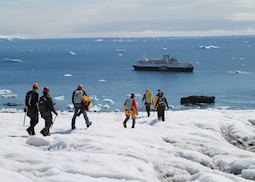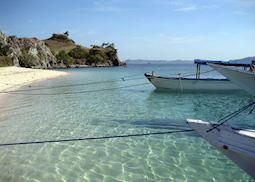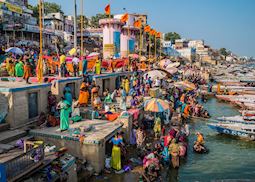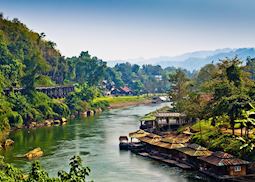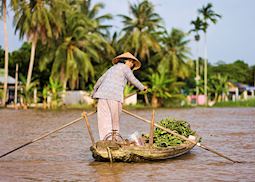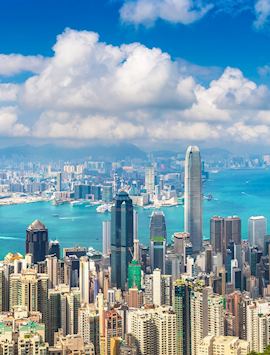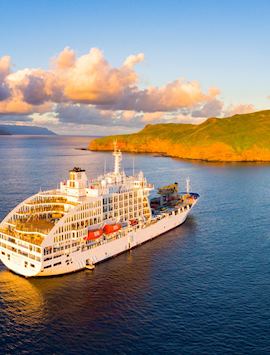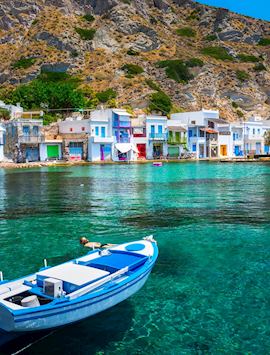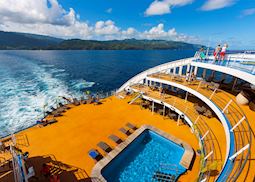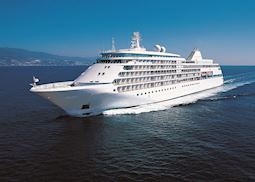Our approach to cruising
We’ve been creating water-based trips for years and take a meticulous, thoughtful approach to selecting our cruise partners. We handpick our ships for the varied guided tours and activities they offer, along with the quality of their facilities and attentive levels of service. We also look for voyages that offer something surprising and enriching — think expert guest speakers, first-class entertainment, or hands-on art classes.
Our passionate cruise specialists have first-hand knowledge of each ship in our collection, so they can confidently suggest the cruise that best fits the experience you’re looking for. They’re also brimming with ideas for how your cruise can slot in as one chapter of a longer adventure, seamlessly blending it with time on land.
